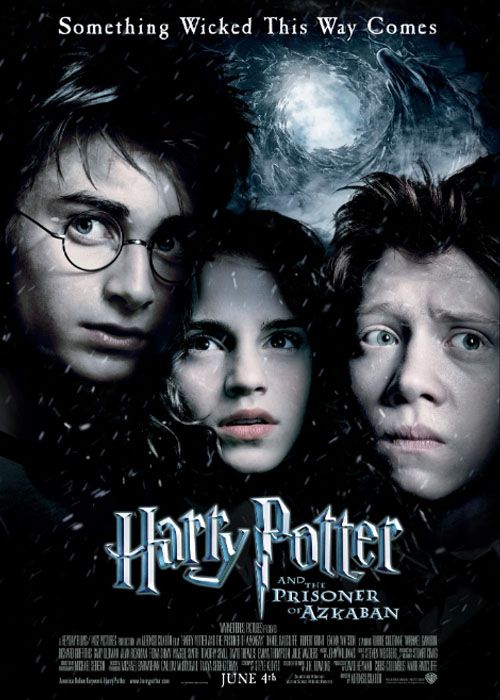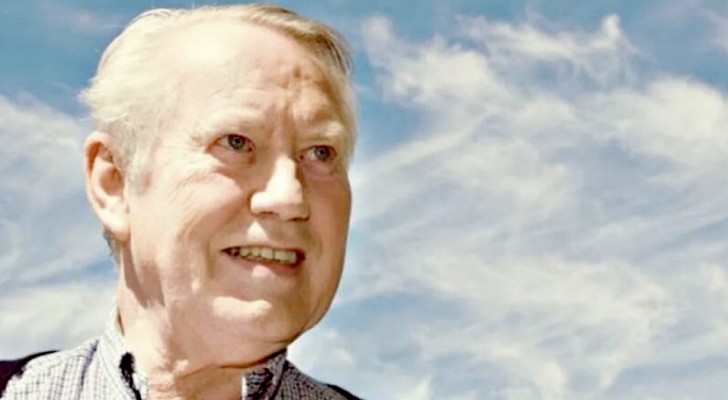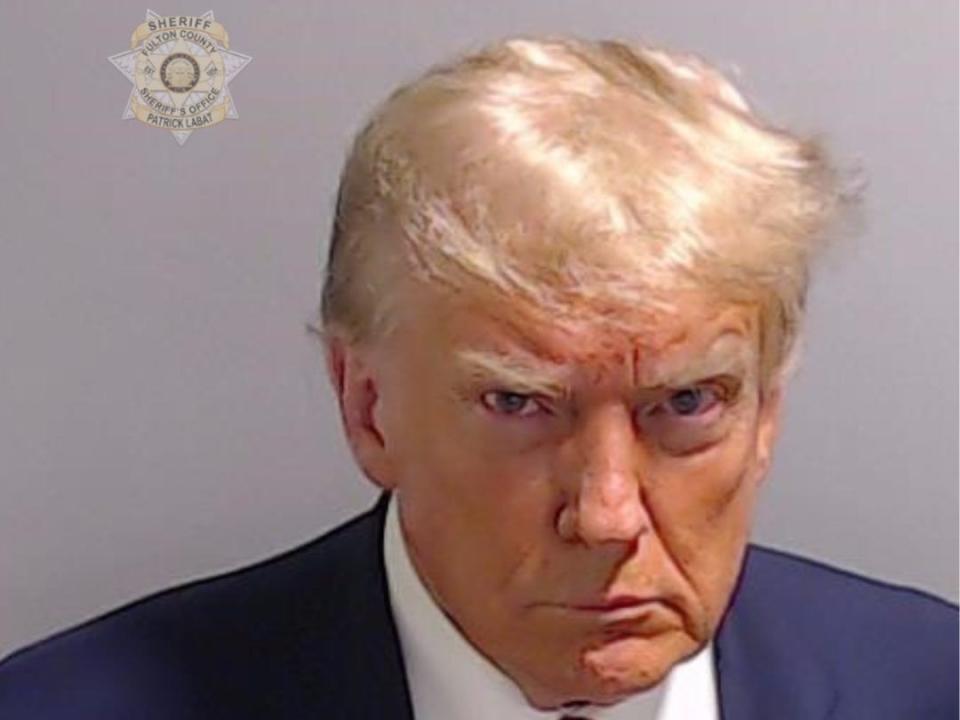The Prisoner Of Azkaban: Why A Different Director Took The Helm

Table of Contents
Chris Columbus' Departure: A Necessary Transition?
Chris Columbus successfully helmed the first two Harry Potter films, Sorcerer's Stone and Chamber of Secrets. His direction established a lighthearted, family-friendly tone that resonated with audiences worldwide. These films were massive box office successes, receiving generally positive critical reception. However, Columbus's style, characterized by bright visuals and a relatively straightforward narrative approach, was arguably ill-suited for the darker, more complex themes explored in The Prisoner of Azkaban.
- Success of Sorcerer's Stone and Chamber of Secrets: Both films broke box office records and introduced a generation to the magical world of Harry Potter.
- Columbus's Stated Desire to Move On: After two films, Columbus expressed a desire to pursue other projects, citing creative differences and a desire to tackle different types of storytelling.
- The Increasing Darkness of the Source Material: The third book in the Harry Potter series significantly increases the darkness, introducing complex themes of loss, betrayal, and the psychological impact of trauma, something not fully reflected in the lighter tone of the first two films.
Columbus's established style, while perfect for the initial introduction to the wizarding world, might have struggled to effectively convey the more mature and atmospheric elements central to The Prisoner of Azkaban. The shift in directors was, therefore, arguably a necessary step to ensure a faithful and impactful adaptation.
Alfonso Cuarón's Vision: Embracing a Grittier Atmosphere
Alfonso Cuarón, known for his distinct visual style and ability to handle complex narratives, brought a fresh perspective to the Harry Potter franchise. His previous works, such as Y Tu Mamá También, demonstrated his proficiency in exploring darker, more mature themes with nuanced character development.
- Cuarón's Experience with Darker Themes: His background in creating films with complex characters and morally ambiguous situations proved invaluable in adapting the source material.
- Focus on Visual Storytelling and Character Development: Cuarón emphasized visual storytelling, using cinematography and pacing to create a more immersive and atmospheric experience. Character development became richer and more multi-layered.
- Contribution to a More Mature Tone: Cuarón's direction established a more mature and atmospheric tone for the Harry Potter films, influencing the stylistic choices of subsequent directors.
The stylistic differences between Cuarón and Columbus are stark. Cuarón's cinematography was more moody and atmospheric, while his pacing was slower, allowing for more character development and emotional resonance. This contrasted sharply with Columbus's brighter, faster-paced approach.
The Impact of the Directorial Change on The Prisoner of Azkaban
The directorial shift significantly impacted The Prisoner of Azkaban. The film received widespread critical acclaim, praised for its darker tone, improved pacing, and stunning visuals. While the box office performance was strong, it wasn't as significantly higher than Chamber of Secrets as the jump from Sorcerer's Stone to Chamber of Secrets had been, suggesting audiences may not have anticipated the film's darker turn.
- Positive Critical Reception: Critics lauded the film's superior visuals, more nuanced characters, and effective adaptation of the darker themes from the book.
- Box Office Performance: While successful, the box office numbers were not dramatically higher than the previous film, perhaps due to the change in tone.
- Long-Term Impact on the Franchise: The Prisoner of Azkaban set the precedent for the increasingly darker and more complex themes explored in the later films, paving the way for a more mature and sophisticated cinematic adaptation of the Harry Potter books.
Cuarón successfully adapted the darker elements of the book while staying true to the core of the Harry Potter story, creating a film that was both critically acclaimed and commercially viable.
The Influence of the Dementors and the Shift in Tone
The introduction of Dementors in The Prisoner of Azkaban drastically altered the film's tone. These creatures, with their ability to drain happiness and evoke despair, demanded a different approach to filmmaking.
- Visual Effects and Psychological Impact: The Dementors' chilling visual effects and their psychological impact on the characters played a crucial role in establishing the film's darker atmosphere.
- Necessity for a Shift Away from Lighter Tone: The very presence of these beings necessitated a departure from the lighthearted tone of the previous films.
- Importance of Visual Storytelling and Atmospheric Elements: Cuarón masterfully used visual storytelling and atmospheric elements to convey the darker themes, making the film a powerful and memorable experience.
Conclusion
The change in directors from Chris Columbus to Alfonso Cuarón for The Prisoner of Azkaban proved a pivotal decision. Cuarón's distinct vision brought a much-needed shift in tone and style, capturing the darker themes of the third book perfectly. This bold decision significantly elevated the franchise and paved the way for the successful adaptation of the remaining stories. Understanding the reasons behind this crucial change offers valuable insight into the creative process of this beloved series. If you're interested in learning more about the behind-the-scenes decisions that shaped the Harry Potter film franchise, further research into the making of The Prisoner of Azkaban will undoubtedly reveal fascinating details. Want to explore other directorial choices in the Harry Potter series? Let us know in the comments!

Featured Posts
-
 Sony Revives Classic Play Station Console Themes On Ps 5
May 02, 2025
Sony Revives Classic Play Station Console Themes On Ps 5
May 02, 2025 -
 Manchester United Fan Poppy Family Shares Emotional Tribute Following Her Passing
May 02, 2025
Manchester United Fan Poppy Family Shares Emotional Tribute Following Her Passing
May 02, 2025 -
 Aventure Cycliste 8000 Km Traverses Par Trois Jeunes Du Bocage Ornais
May 02, 2025
Aventure Cycliste 8000 Km Traverses Par Trois Jeunes Du Bocage Ornais
May 02, 2025 -
 Trash Pickup And School Closings Fridays Winter Weather Impact
May 02, 2025
Trash Pickup And School Closings Fridays Winter Weather Impact
May 02, 2025 -
 The Truth Behind Michael Sheens Million Pound Philanthropy
May 02, 2025
The Truth Behind Michael Sheens Million Pound Philanthropy
May 02, 2025
Latest Posts
-
 T Mobile Penalized 16 Million For Repeated Data Breaches
May 03, 2025
T Mobile Penalized 16 Million For Repeated Data Breaches
May 03, 2025 -
 Analyzing Donald Trumps Comments On Ms 13 Tattoos And Calibri Font
May 03, 2025
Analyzing Donald Trumps Comments On Ms 13 Tattoos And Calibri Font
May 03, 2025 -
 Donald Trump And The Calibri Tattoo Misconception Fact Or Fiction
May 03, 2025
Donald Trump And The Calibri Tattoo Misconception Fact Or Fiction
May 03, 2025 -
 The Calibri Ms 13 Tattoo Confusion Understanding Donald Trumps Remarks
May 03, 2025
The Calibri Ms 13 Tattoo Confusion Understanding Donald Trumps Remarks
May 03, 2025 -
 Ai Driven Podcast Creation Transforming Repetitive Documents Into Compelling Audio
May 03, 2025
Ai Driven Podcast Creation Transforming Repetitive Documents Into Compelling Audio
May 03, 2025
